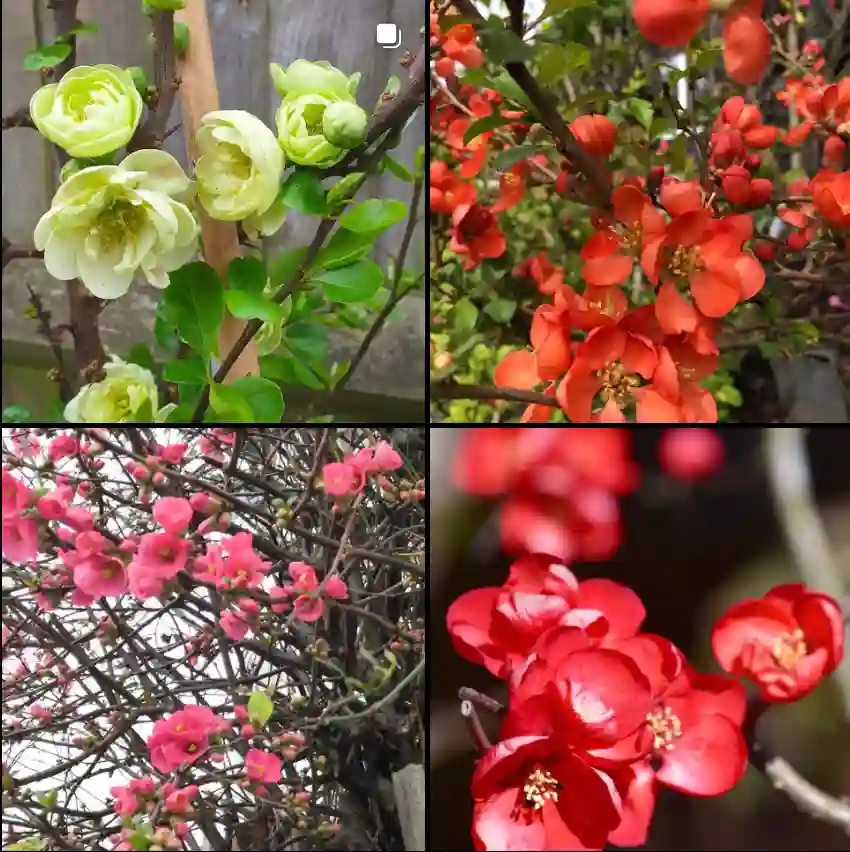
Frequently Asked Questions About Scabiosa Columbaria
As a gardening enthusiast, I’ve spent quite a bit of time with Scabiosa Columbaria, commonly known as the Pincushion Flower. This charming perennial has earned its place in many gardens thanks to its unique appearance and adaptability. Here, I’ll answer some of the most frequently asked questions about this delightful plant.
70 Species in Genus Scabiosa – Pincushion Flower
What is Scabiosa Columbaria?
Scabiosa Columbaria, often referred to as the Pincushion Flower, is a perennial herbaceous plant known for its striking, cushion-like flowers. Native to Europe and Asia, this plant features a rosette of basal leaves and produces globe-shaped blooms with delicate, spiky petals. The flowers come in a variety of colors, including blue, pink, and white, making it a versatile choice for many garden color schemes.
How to Care for Scabiosa Columbaria?
Caring for Scabiosa Columbaria is relatively straightforward, making it an excellent choice for both novice and experienced gardeners.
- Sunlight: Scabiosa Columbaria thrives in full sun but can also tolerate partial shade. Aim for at least 6 hours of sunlight a day to promote vigorous blooming.
- Soil: This plant prefers well-drained soil. While it is adaptable, it flourishes in slightly alkaline to neutral soil. If your soil is heavy clay, consider amending it with compost to improve drainage.
- Watering: Keep the soil consistently moist but not waterlogged. During dry spells, water the plant regularly. However, avoid overhead watering to prevent fungal diseases.
- Fertilizing: Feed Scabiosa Columbaria with a balanced, all-purpose fertilizer once in early spring and again mid-summer. Over-fertilizing can lead to excessive foliage growth at the expense of flowers.
- Pruning: Deadhead spent blooms regularly to encourage continuous flowering. In late fall, cut back the plant to about 4 inches above the ground to prepare it for winter.
How to Propagate Scabiosa Columbaria?
Propagation of Scabiosa Columbaria can be done through seeds or division.
- Seeds: Start seeds indoors about 8-10 weeks before the last frost. Sow seeds in a seed-starting mix and keep them in a warm, well-lit location. Transplant seedlings outdoors once the danger of frost has passed.
- Division: In early spring or late fall, divide mature plants to propagate. Dig up the plant, separate it into smaller sections with a sharp knife, and replant each section. This method not only propagates new plants but also helps rejuvenate older ones.
What to Plant With Scabiosa Columbaria?
Scabiosa Columbaria pairs beautifully with a variety of other plants. Its dainty flowers complement the bold foliage of ornamental grasses like Miscanthus or the bright blooms of Coreopsis. For a striking contrast, try planting it alongside lavender or Salvia, which will enhance its delicate appearance and add more texture to your garden.
Is Scabiosa Columbaria Toxic?
Scabiosa Columbaria is non-toxic to pets and humans. It’s a safe choice for gardens where children or animals might be present. This makes it ideal for family-friendly gardens and pet owners.
Benefits of Scabiosa Columbaria
Scabiosa Columbaria offers several benefits beyond its aesthetic appeal:
- Attracts Pollinators: The flowers are highly attractive to bees, butterflies, and other pollinators, which can enhance the biodiversity of your garden.
- Extended Bloom Time: With proper care, this plant can bloom from early summer to frost, providing long-lasting color.
- Low Maintenance: Its hardy nature and resistance to pests and diseases make it a low-maintenance addition to your garden.
Common Problems with Scabiosa Columbaria
While generally hardy, Scabiosa Columbaria can face a few issues:
- Powdery Mildew: This fungal disease manifests as a white, powdery substance on leaves. Ensure proper air circulation and avoid overhead watering to prevent it. If it appears, treat with a fungicide.
- Root Rot: Overwatering or poorly draining soil can lead to root rot. Ensure the soil is well-drained and avoid waterlogging.
- Aphids: These small insects can sometimes infest the plant, causing distortion in new growth. Regularly inspect the plant and use insecticidal soap if needed.
How Does Scabiosa Columbaria Compare to Similar Plants?
Scabiosa Columbaria is often compared to other plants in the Scabiosa genus and similar flowering perennials.
- Scabiosa Atropurpurea: Known as the Mourning Bride, this variety features darker, richer hues compared to the more pastel tones of Columbaria. Both are valued for their long blooming periods.
- Echinacea: Unlike Scabiosa, Echinacea (Coneflower) has larger, daisy-like flowers. While both attract pollinators and provide extended bloom times, Echinacea has a more upright growth habit.
In conclusion, Scabiosa Columbaria, with its unique appearance and ease of care, is a wonderful addition to any garden. Whether you’re a seasoned gardener or just starting out, this plant’s charm and practicality make it a must-have. Happy gardening!
If i die, water my plants!



